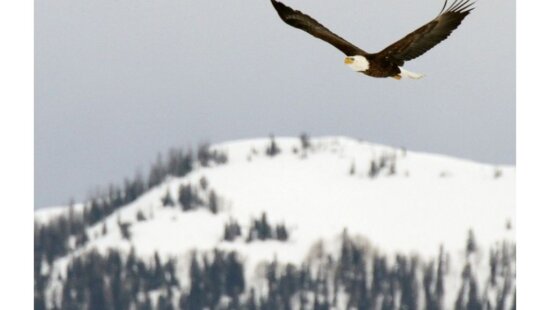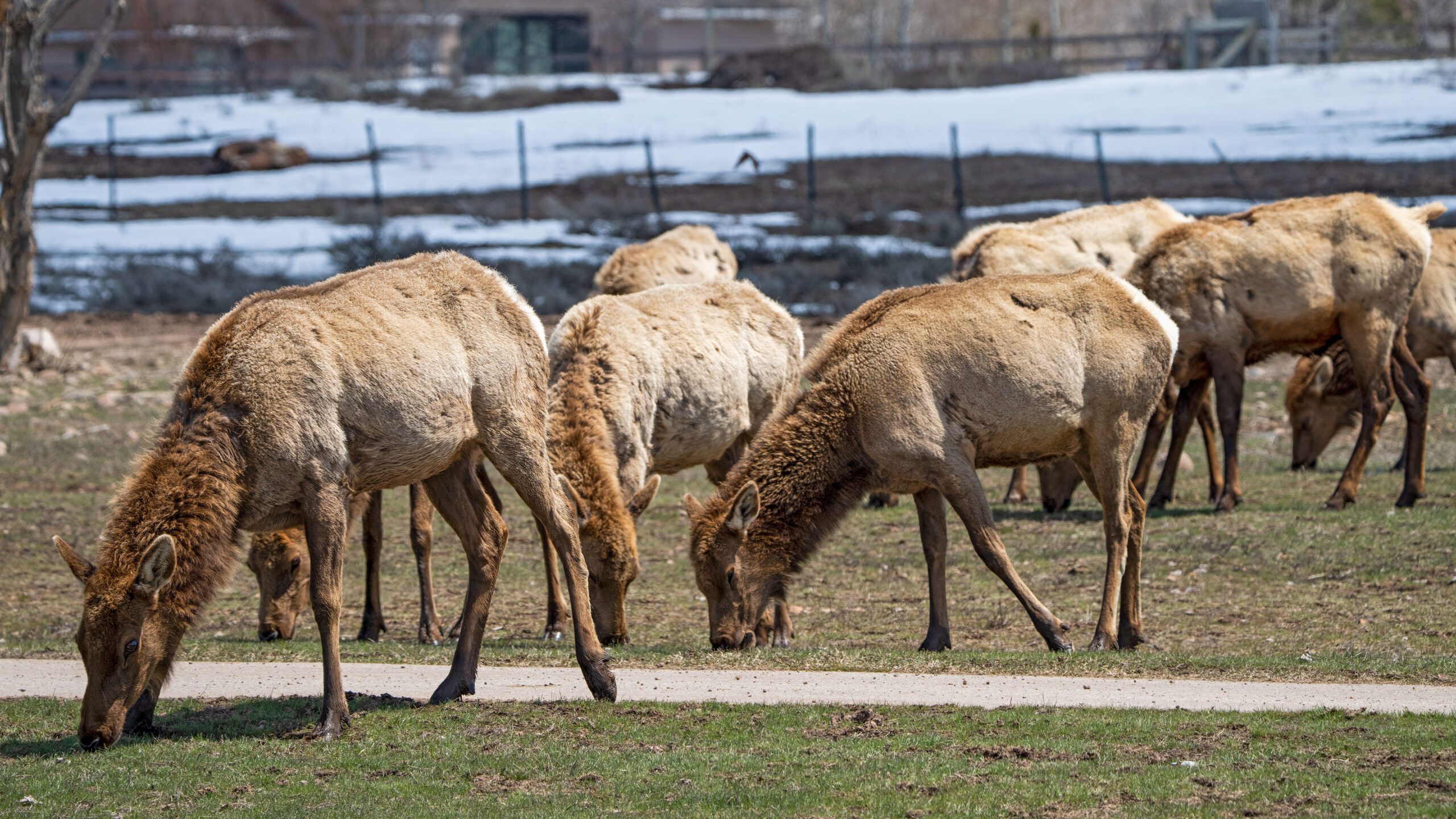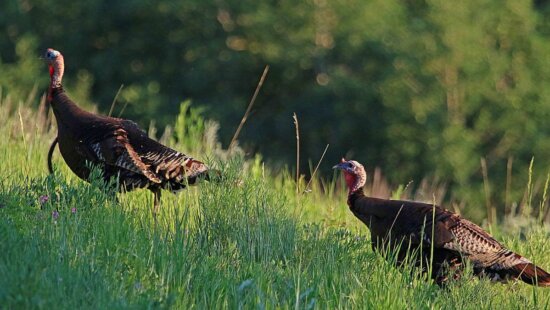Wildlife
Efforts to restore native cutthroat trout species continue in Uinta Mountains
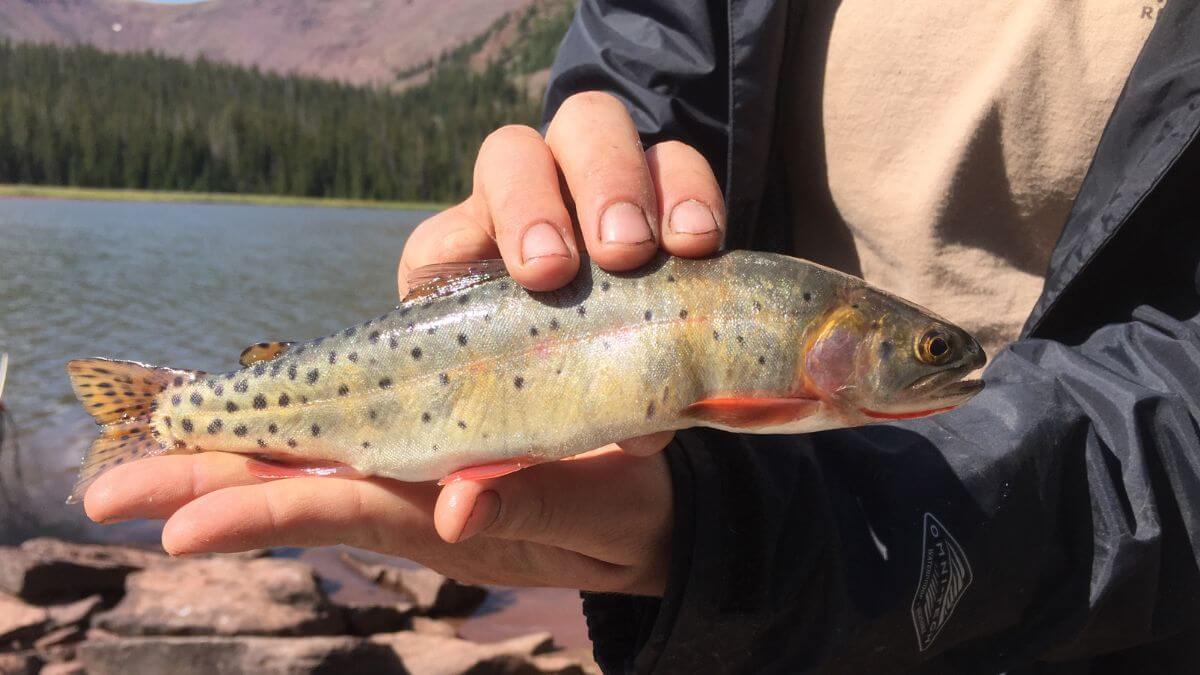
Biologists are working to restore the Colorado cutthroat trout population in the Uintas. Photo: Utah Division of Wildlife Resources
VERNAL, Utah — Biologists are using innovative methods to restore native Colorado River cutthroat trout populations in the Uinta Mountains. This year, the Utah Division of Wildlife Resources is once again partnering with the Ashley National Forest to conduct treatments on two drainages in the High Uintas.
“Over the past 20 years, we have made significant progress on Colorado River cutthroat trout restoration in northeastern Utah,” said Natalie Boren, DWR Northeastern Region Aquatics Manager. “We are excited to be within seven years of finishing up restoration efforts and reaching our conservation team goals with this species.”
To restore native populations, biologists use rotenone, a naturally derived substance that removes non-native fish but is not dangerous to people, pets, or other wildlife. Over the past decade, DWR has treated lakes and streams across the north and south slopes of the Uintas using this method.
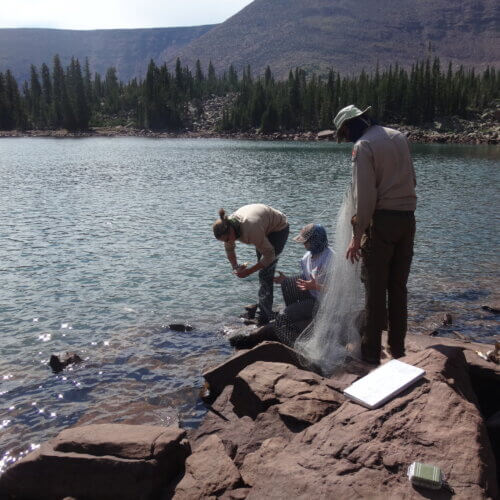
To reduce waste, the DWR increased fish harvest limits in Fall Creek and its tributaries starting in May 2024. However, because the South Fork of Sheep Creek was already treated in a previous year, no harvest limit changes will be made there as few fish remain in that system.
Though rotenone is safe, the U.S. Forest Service will close the impacted waterbodies to allow the work to be completed safely and effectively. DWR officials ask the public to stay out of the treatment areas during the closures, though surrounding trails and access points will remain open.
“The temporary closure only applies to treated waters and prohibits entering the water or using it for drinking,” said Tonya Kieffer-Selby, DWR Northeastern Region Outreach Manager. “The areas will be well marked and will reopen once rotenone is no longer detectable in the streams.”
This year’s treatments will take place in the following areas:
- Fall Creek drainage (south slope): Aug. 4–7, with reopening expected Aug. 9. This will be the first treatment in this area.
- South Fork of Sheep Creek (north slope): Aug. 26, with reopening expected Aug. 29. This will be the third treatment for the area.
A series of two to three rotenone treatments is typically needed to successfully eliminate non-native species. The goal is to remove brook trout, rainbow trout, and non-native cutthroat that have hybridized with the native population.
“The Uinta Mountains host over 1,000 lakes and hundreds of miles of stream,” said Carsen Hinkhouse, DWR Regional Sportfish Biologist. “Our efforts are targeted at restoring Colorado River cutthroat trout in a handful of these waters. Taking part in this restoration ensures native Colorado River cutthroat trout will remain on the landscape, while also providing a diverse angling opportunity.”
The DWR also hopes the effort will align with angler preferences. Recent surveys show growing interest in cutthroat trout as a sportfish.
Restocking of the South Fork of Sheep Creek will take place after the treatment series concludes, most likely in summer 2026. For Fall Creek, stocking into Phinney Lake and Anderson Lake could begin in 2026 if the first treatment is successful. If a second round is needed, stocking will be delayed until 2027.
Despite these removals, brook trout remain widely available in the Uinta Mountains. Anglers can explore DWR’s Fish Utah interactive map for other nearby fishing opportunities by species.















